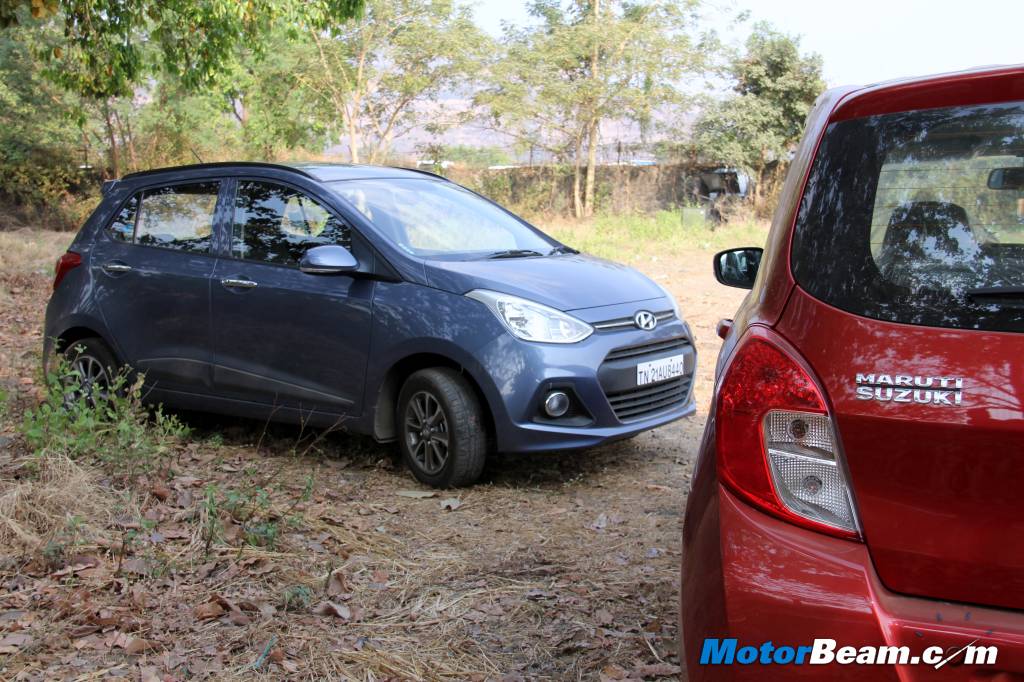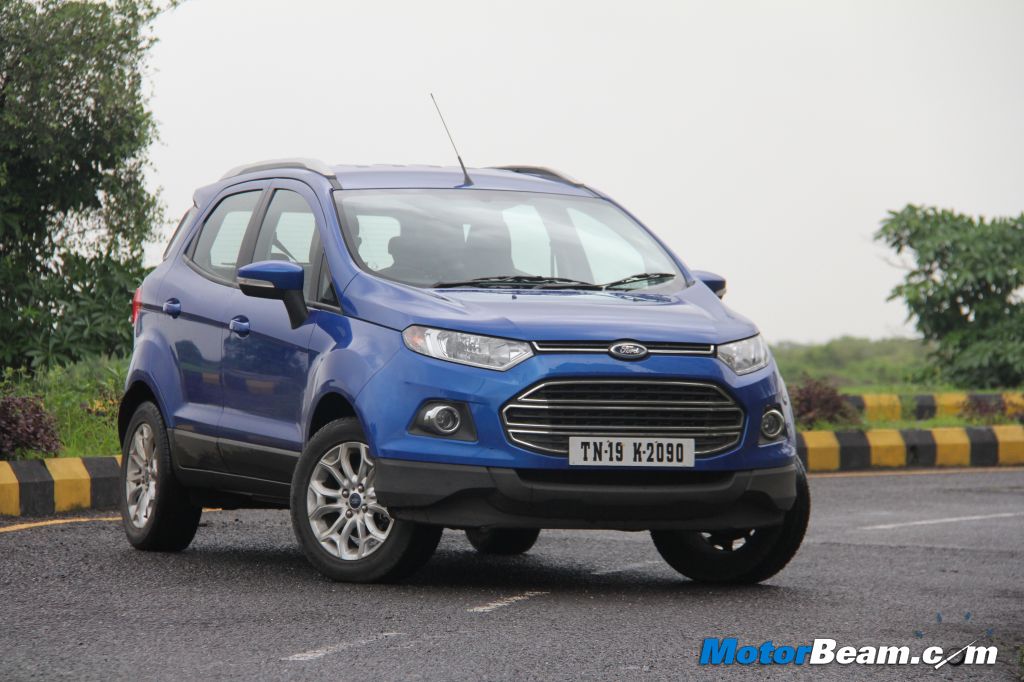The Indian automotive industry is facing a slowdown. Models that were hot-selling are seeing sales declining while other 4-5 year old vehicles have also lost demand significantly. No matter what the market scenario is, manufacturers have to constantly update their product range to meet varying customer demands. With so many vehicles being launched every year, buyers are surely spoilt for choice and the ultimate winner turns out to be the vehicle that proves to have the most value-for-money proposition. Major manufacturers like Maruti Suzuki, Honda, Tata Motors, Mahindra, Hyundai, Renault-Nissan, etc. are planning to invest a huge sum of Rs. 10,000 crore to develop new products, launch mid-life facelifts along with a dozen model year updates.
The Indian auto market will be seeing around 22 all-new cars along with 25 facelifts this year. Automakers are also introducing around 7 new powertrains by the end of this year. Since there are so many cars available now, any particular car seems outdated in a couple of years and hence companies are constantly striving to keep their products fresh by adding new features, bumping up engine power outputs, etc. For mass-market cars, the best strategy is launching limited edition models that come with exclusive shades and the addition of some new features. Most of these limited editions seem useless to many, but the main aim for companies is to create some buzz around their products.
After mass-market vehicle manufacturers, other automakers like Mercedes-Benz are also planning to launch special editions of their premium hatchbacks. While mass-market limited editions come with stickers, audio systems and the likes, premium automakers usually add features like parking cameras and sunroofs to their limited editions. It has become very difficult for companies to keep selling their vehicles for more than 15-18 months without providing minor updates.
Earlier whenever a car was launched, its manufacturer would usually give it a minor facelift after two years from launch and a major facelift four years from launch. A completely new generation would be launched after another couple of years but now the trend seems to suggest that this timeline has almost been halved with products getting frequent updates. Another cost-saving technique that manufacturers employ is using common parts for many mass-market sellers. Example – the Swift and Ritz are two different products and yet they share so many parts. Same goes for vehicles from other manufacturers also.
The last fiscal witnessed a huge downfall in the sales of cars and even the ones like the Maruti Ertiga, Hyundai Elantra, Skoda Rapid and Mahindra XUV500 which were selling in good numbers saw a fall in demand. Others like the Nissan Evalia and Chevrolet Sail went on to become market duds thanks to poor positioning and lack of proper marketing respectively. The market only survived due to hit products like the Ford EcoSport, Honda Amaze and Hyundai Grand i10 while this year, the Maruti Celerio and Hyundai Xcent are the ones expected to keep sales high.
Source – Economic Times






